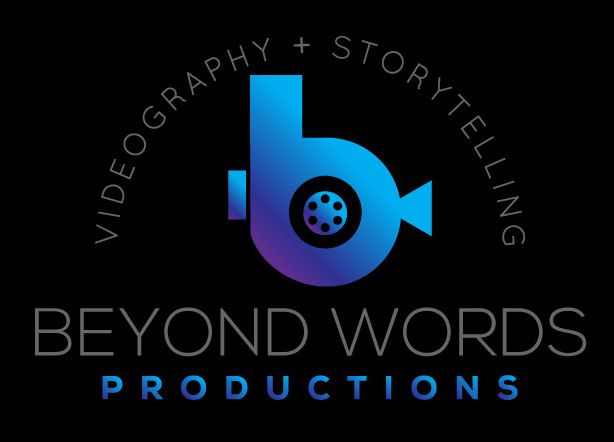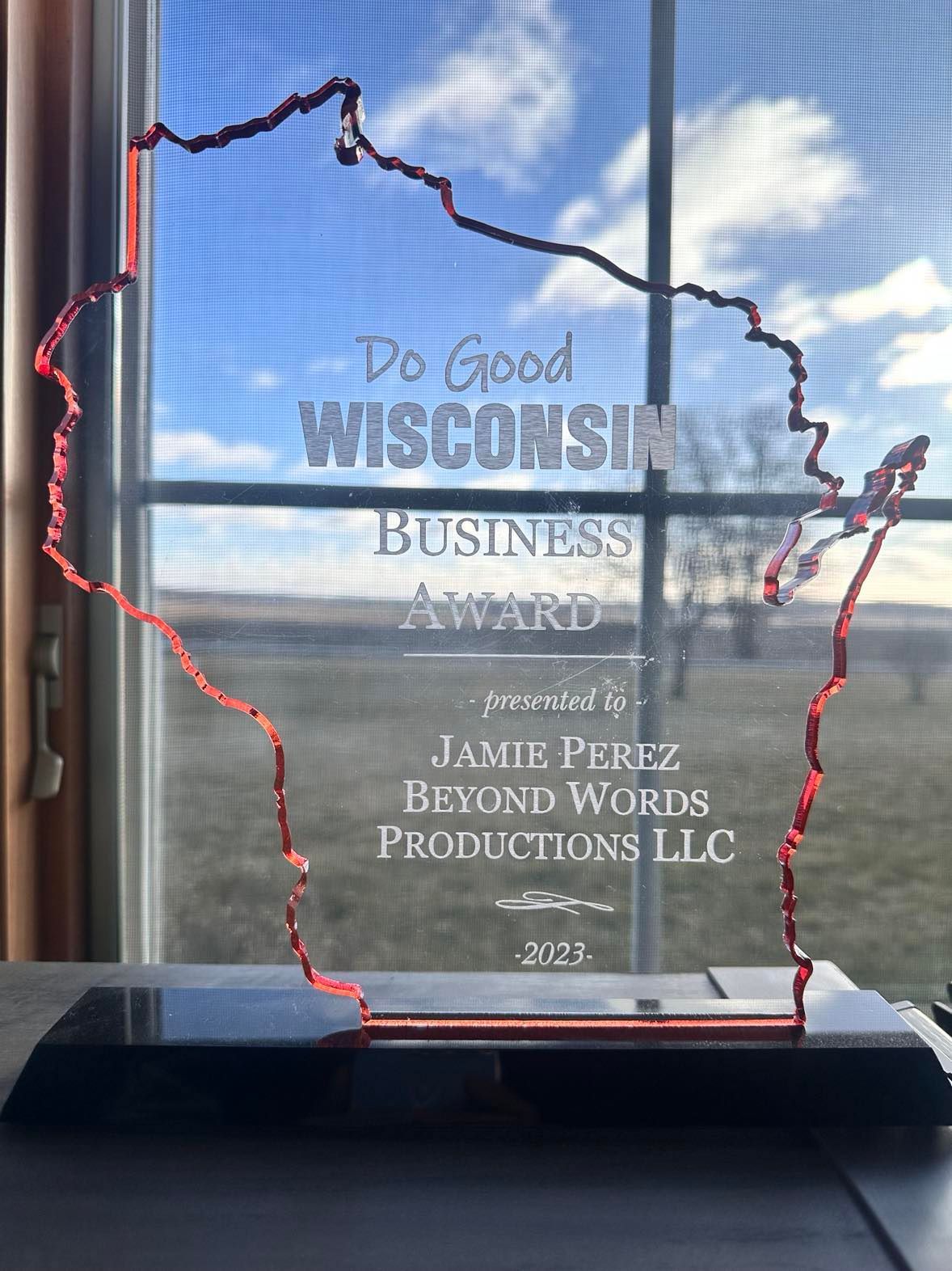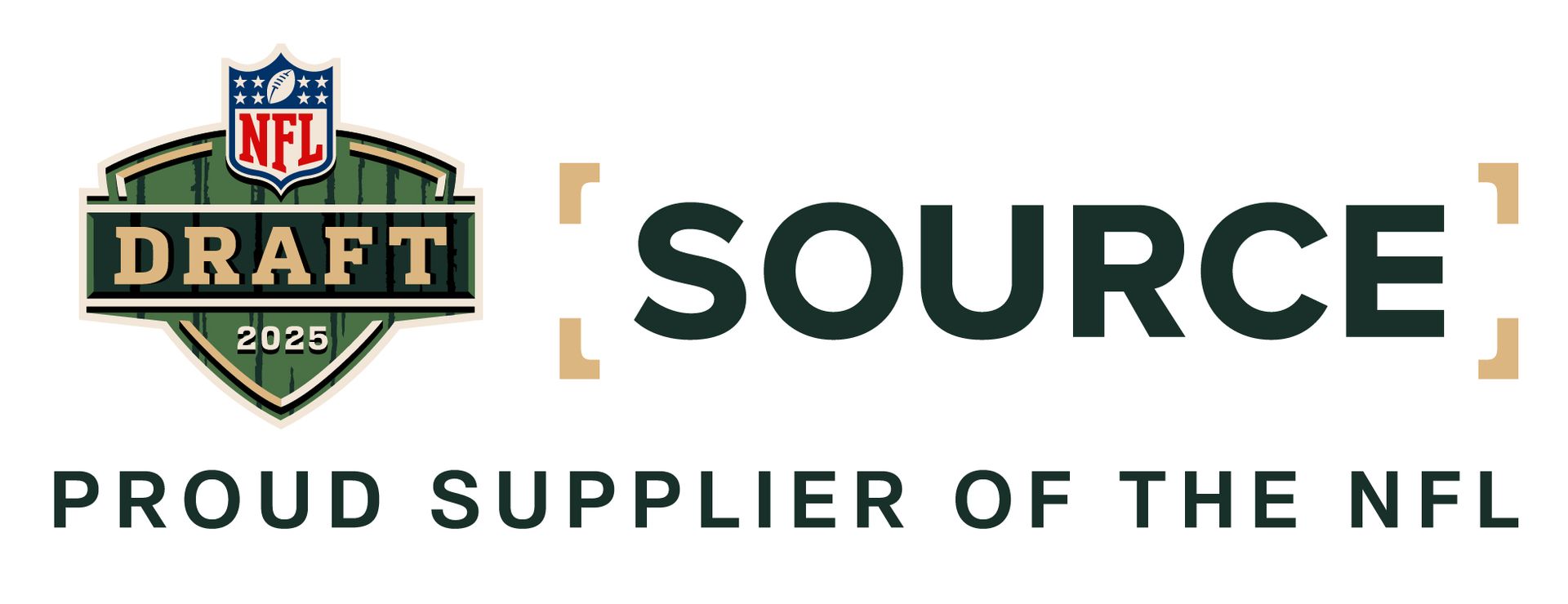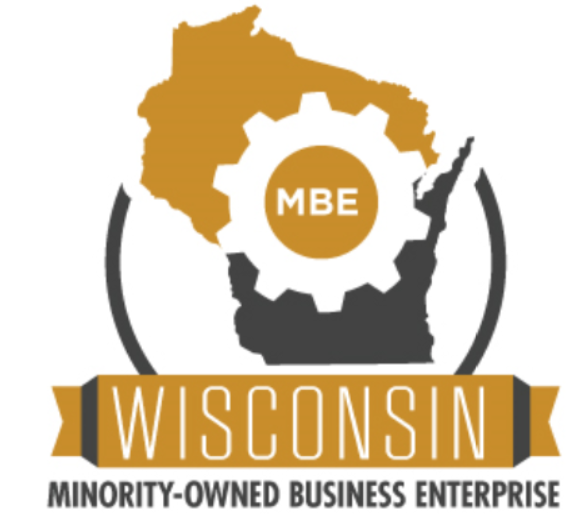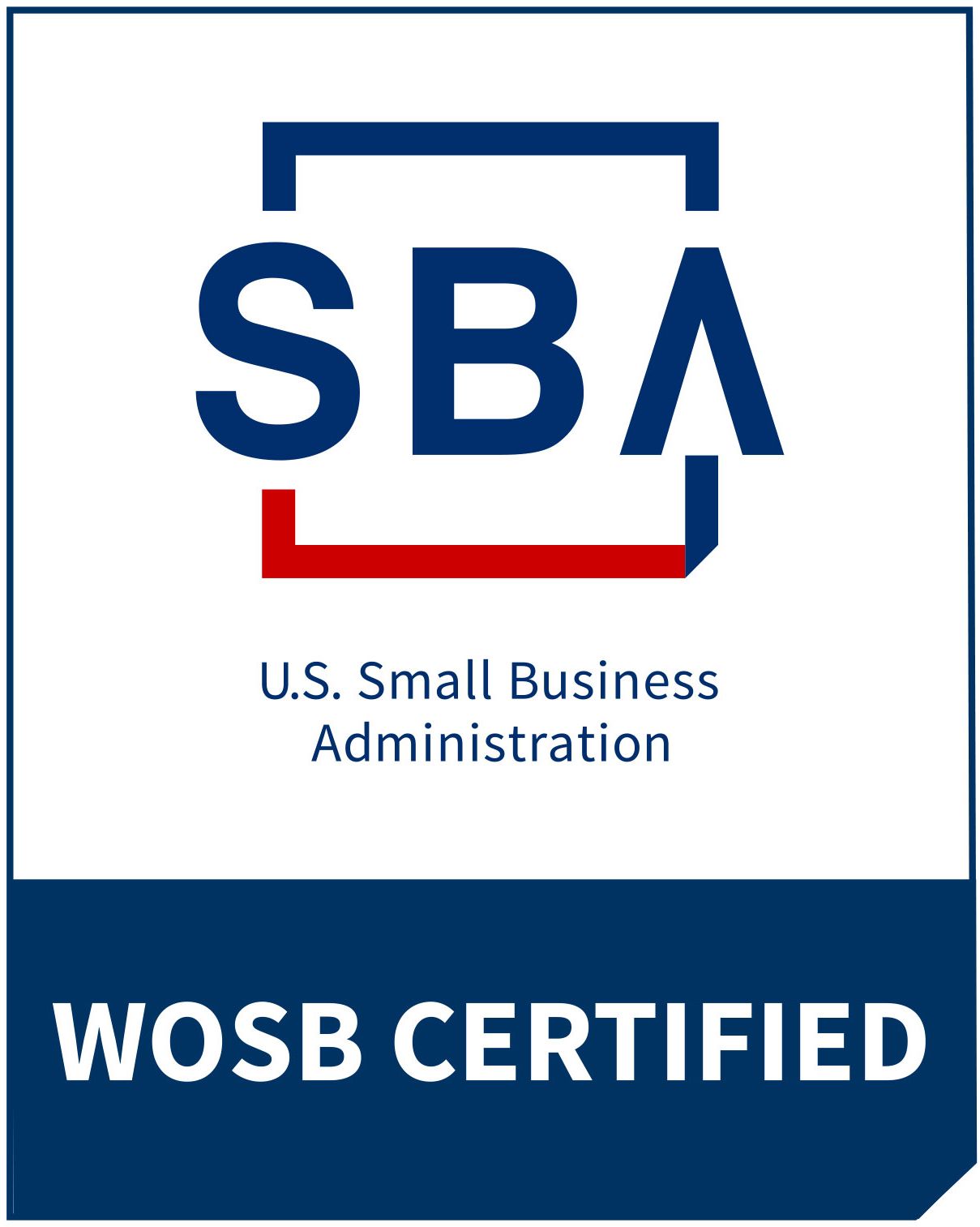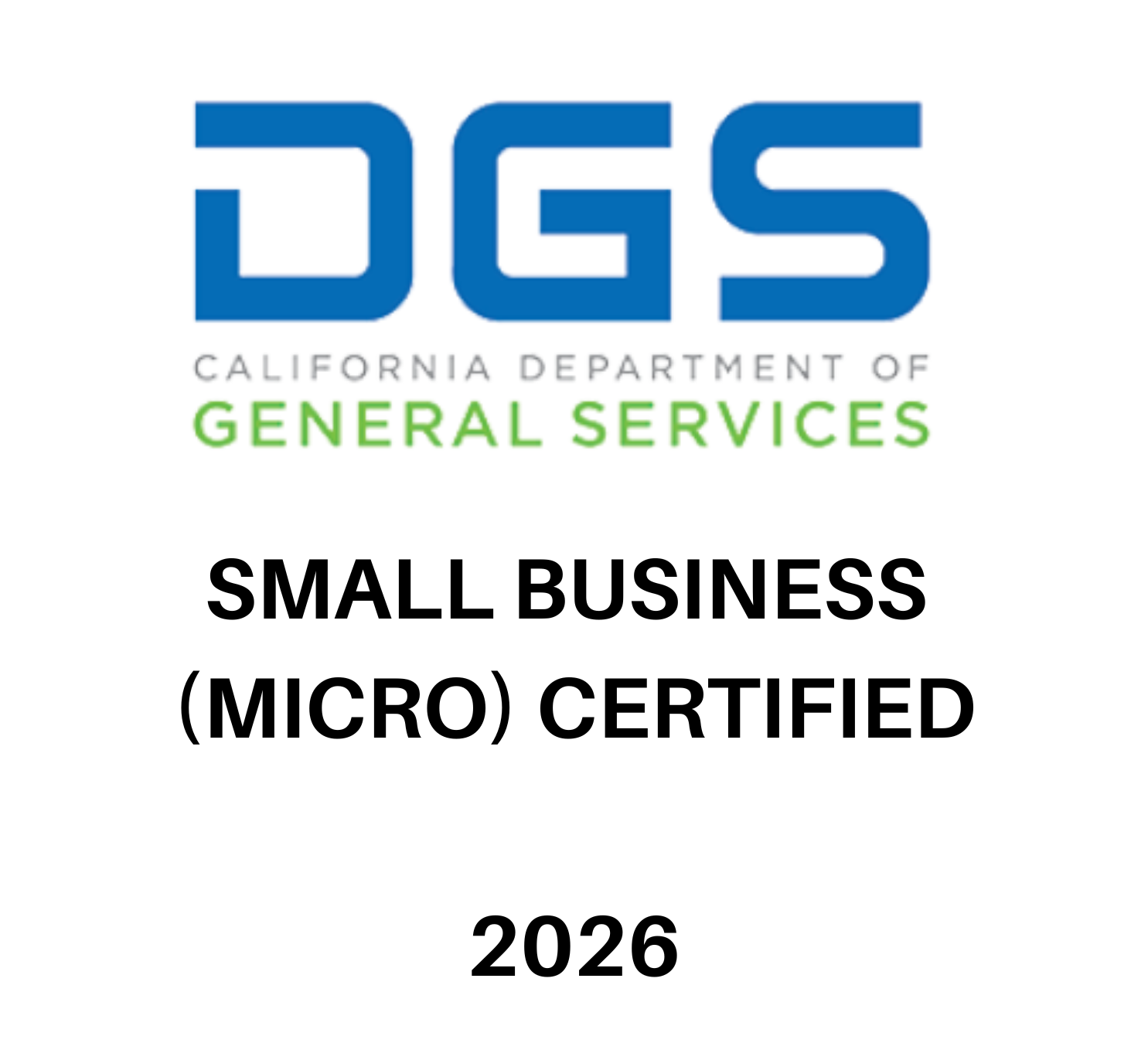Three Tips to Generate Story Ideas for Your Business

Don’t be a victim of Storylessness — the idea or notion that you don’t have a story to tell.
Everyone has a story. Most people just don’t recognize their experiences as being valuable stories worth sharing. This rings especially true for many for-profit businesses who simply focus on sharing what their product or service is.
While it’s fine to share that information, let me tell you the difference in response you’ll get with an example:
When you ask someone a generic question like ,”How are you?” or “How was your vacation?”
Most people respond with, “Good.”
Why?
Because your question was too generic. It didn’t address anything specific. But when you frame the question differently by saying something like, “What’s the most exciting thing you’re looking forward to today?” or “What was the coolest part about ziplining through the jungle on your vacation?”
Those questions are more specific and spark memories and stories from the person being asked.
This blog post is meant to help those looking for ways to generate story ideas for your own business… something that goes BEYOND just featuring the product or service you sell.
The Founder Story
Every business has a founder story. No one just started a business for the heck of it. There was passion and motive behind it. A story that led the founder to want to solve an issue. No one just starts a business to pass the time. It’s way too much work and way too challenging to start a business if you don’t have passion for what you’re doing. By sharing this story, it adds a human element to your product/service. It gives people a reason to care, want to support you by becoming a client or want to refer clients to you. It also helps make you MEMORABLE. Chances are, your business is not unique. There’s probably other companies out there doing similar work as you. Sharing the founder story helps differentiate you from your competition.
The Customer Story
The other story that every business has is the customer story. Every person you work with is impacted by you in some way. Engage your customers by asking them how they felt BEFORE discovering you, and how you impacted their lives by working with you. Ask them to share a story about a time they knew your product/service was working for them. When someone else hears and sees that story, they could see themselves in it and THAT leads to conversion rates.
The “Why People Don’t Choose You” Story
This question might get a weird response when initially reading this. Why would I want to tell people to not choose me? That’s not the idea behind that question. That question is meant to help you address concerns customers have with you so you get a chance to address those concerns in the video to help put them at ease and lead to more sales. If you know that some people have not worked with you in the past because they thought you were too expensive, tell a story about how your product/service saved someone money in the long run by making the initial investment with you. Or if you know people have been hesitant in the past to switch from the current product or service they’re utilizing to go with your business, tell a story about the difference you made in someone’s life who DID make that switch.
There are many other types of stories, but these are a few that can be applied to EVERY business. Here are some additional bonus questions you can ask yourself to generate more video story ideas:
- When have you had to be resourceful in order to stay afloat?
- What was the worst day in your business?
- What was the best day?
- When have you made a customer cry tears of joy?
- Whose life is different because of your business?
- What was a pivotal moment in the history of your business?
- Why did you start your business? What problem were you trying to solve?
- What have you been surprised about in your business?
- What’s the biggest mistake you ever made in your business?
- What’s the best decision you ever made in your business?
- What was your first sale?
- Who is your most satisfied customer?
- What was the moment for you where you knew the work you were doing was worth it?


